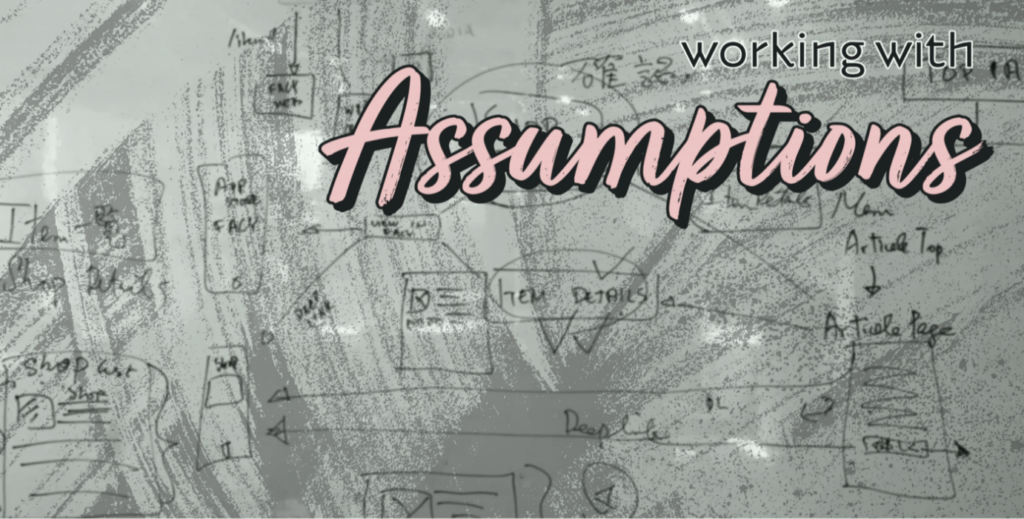ChatGPT Outperforms Humans in Emotional Awareness Test
- New research found ChatGPT was able to outperform humans on an emotional awareness test.
- Emotional awareness is the cognitive ability to conceptualize one’s own and others’ emotions.
- Given the psychological risks of artificial intimacy, AI augmentation, and human-AI collaboration—keeping humans in the loop—will be a safer and more beneficial approach for now.
Share:ChatGPT Outperforms Humans in Emotional Awareness Test
Share this link
- January 11, 2024
3 min read








